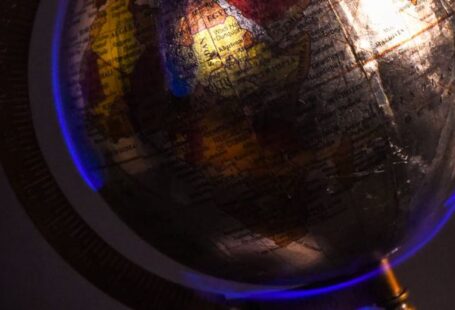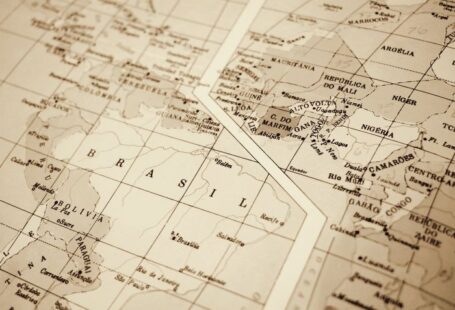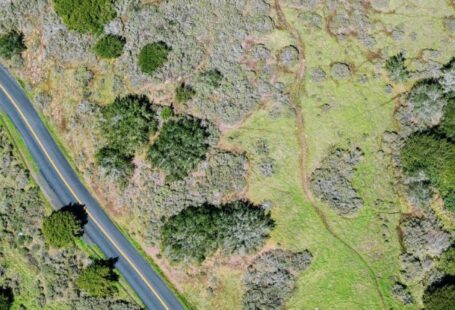The Evolution of Cartography in the Digital Age
Cartography, the art and science of mapmaking, has undergone a profound transformation with the advent of digital technology. The traditional methods of creating maps have given way to innovative digital tools and techniques that have revolutionized the field. This shift has not only made cartography more accessible and dynamic but has also enhanced its accuracy and efficiency. In this article, we will explore how digital technology has transformed cartography and the implications of these changes.
Enhanced Data Collection and Processing
One of the most significant ways in which digital technology has transformed cartography is through enhanced data collection and processing capabilities. Traditional mapmaking relied on manual surveys and measurements, which were time-consuming and often limited in scope. With the development of Geographic Information Systems (GIS) and satellite technology, cartographers now have access to vast amounts of geospatial data that can be collected and processed rapidly.
GIS software allows cartographers to integrate various data sources, such as satellite imagery, topographic surveys, and demographic information, to create highly detailed and comprehensive maps. This integration of data not only improves the accuracy of maps but also allows for the creation of interactive and dynamic visualizations that can be easily updated and modified.
Real-Time Mapping and Navigation
Digital technology has also revolutionized mapping in the realm of real-time mapping and navigation. The proliferation of GPS-enabled devices, such as smartphones and smartwatches, has made it possible for individuals to access maps and navigation tools instantly, wherever they are. This has fundamentally changed how people navigate and interact with their surroundings.
Real-time mapping applications, such as Google Maps and Waze, provide users with up-to-date information on traffic conditions, road closures, and points of interest. These applications use GPS technology to track users’ locations and provide them with turn-by-turn directions, making it easier than ever to navigate unfamiliar areas. This real-time accessibility has not only made travel more convenient but has also enhanced safety and efficiency on the roads.
Customization and Personalization
Another way in which digital technology has transformed cartography is through the customization and personalization of maps. Traditional maps were static representations of geographic features, limited in their ability to convey specific information tailored to individual needs. With digital mapping tools, users now have the ability to customize maps according to their preferences and requirements.
Online mapping platforms, such as Google Maps and OpenStreetMap, allow users to overlay different layers of information onto base maps, such as transportation routes, land use patterns, and points of interest. This customization enables users to create maps that are relevant to their specific interests, whether it be hiking trails, bike paths, or historical landmarks. By empowering users to personalize their maps, digital technology has made cartography more engaging and relevant to a broader audience.
The Future of Digital Cartography
As digital technology continues to advance, the future of cartography holds even more exciting possibilities. Emerging technologies, such as augmented reality and artificial intelligence, are poised to further transform how maps are created and used. Augmented reality applications, for example, could overlay digital information onto the physical world, providing users with immersive and interactive mapping experiences.
Artificial intelligence algorithms could also revolutionize mapping by automating the process of data analysis and visualization, allowing cartographers to focus on higher-level tasks. These advancements have the potential to make cartography more accessible, intuitive, and impactful than ever before, shaping how we perceive and navigate the world around us.
In conclusion, digital technology has profoundly transformed cartography, making it more dynamic, accurate, and accessible than ever before. The evolution of mapping tools and techniques has revolutionized how maps are created, used, and personalized, opening up new possibilities for innovation and exploration. As we look towards the future, the continued integration of digital technology in cartography promises to reshape our understanding of geography and empower us to navigate the world in exciting new ways.





